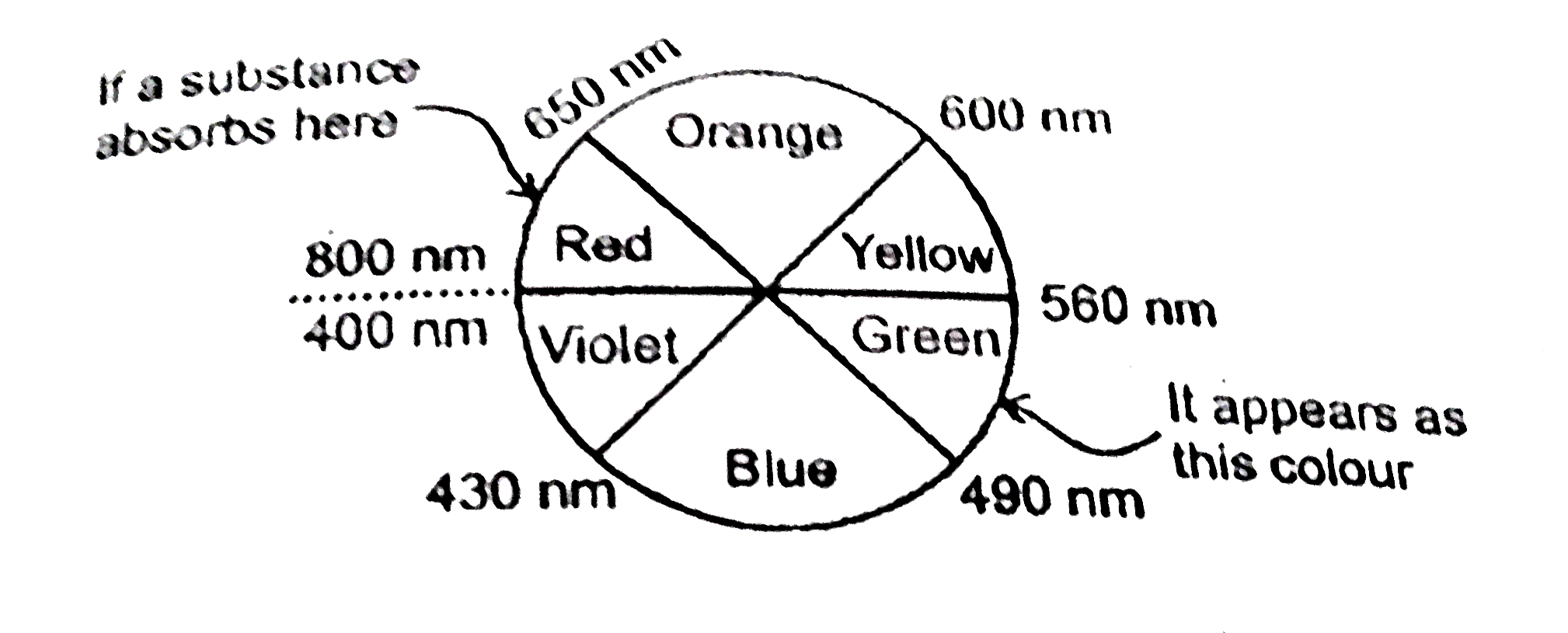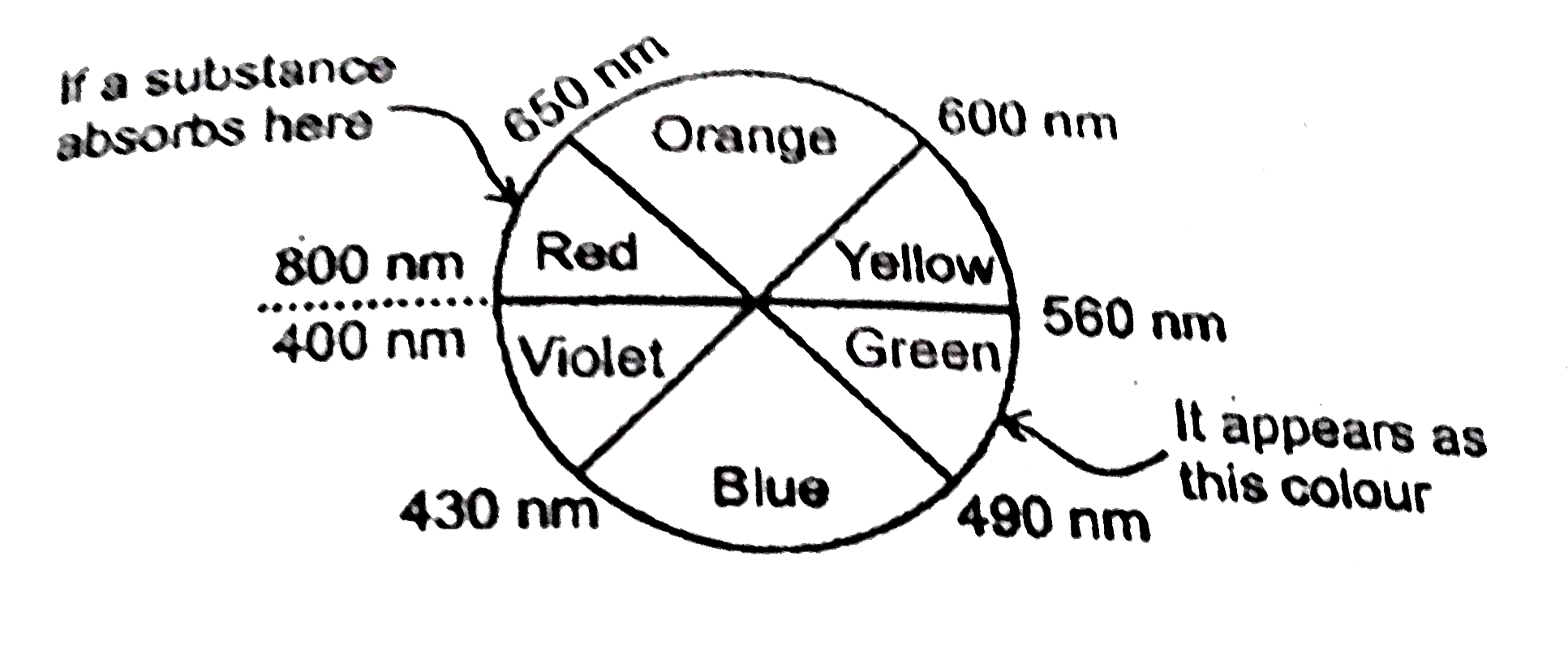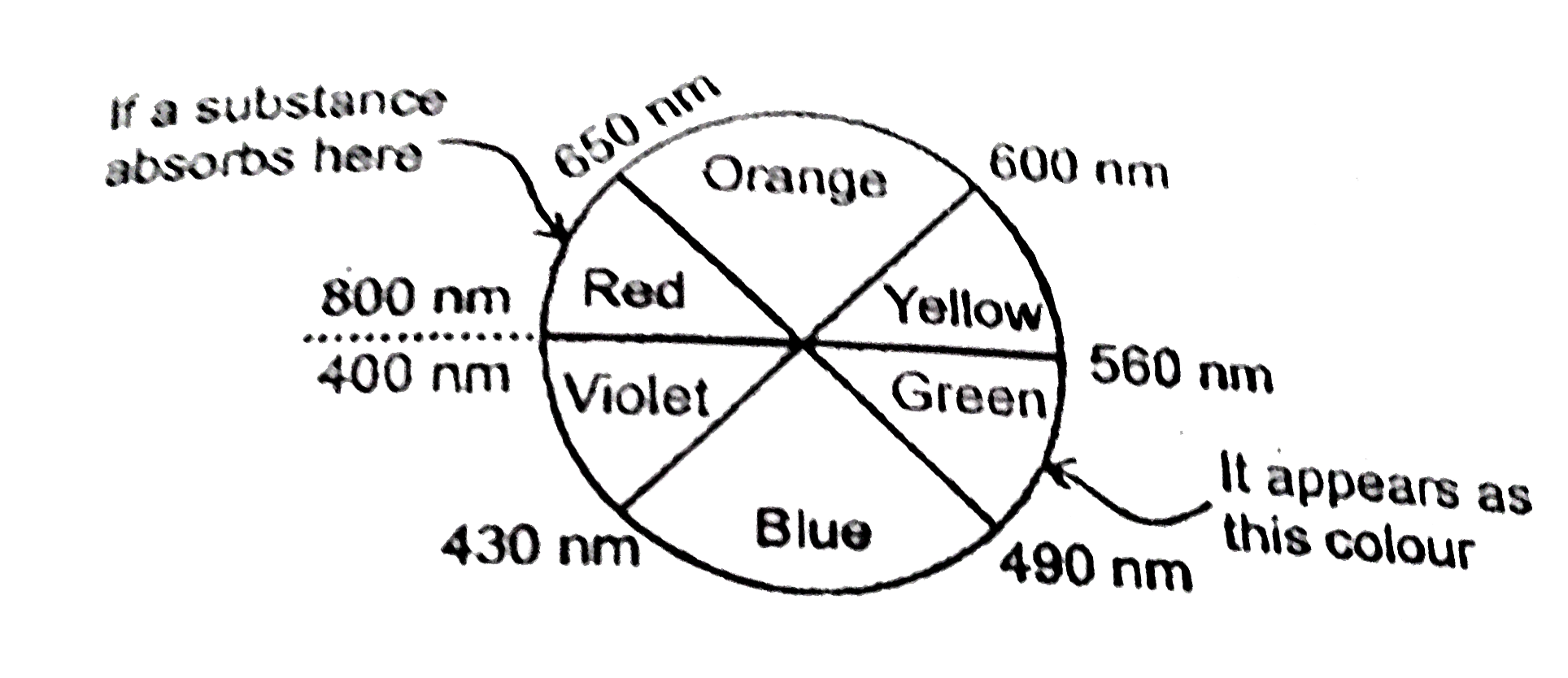Collect small pieces of cloth made of different materials such as Cotton, Jute, Silk, Nylon and Polyester. Sort the cloth pieces into two groups Natural fabric and synthetic fabric
Give two properties of polyester
Step-by-Step Solution:
1. Collect Cloth Pieces: Gather small pieces of cloth made from the following materials: Cotton, Jute, Silk, Nylon, and Polyester.
2. Identify Natural Fabrics:
- Natural fabrics are those that are derived from natural sources, such as plants or animals.
- From the collected pieces, identify:
- Cotton: Derived from the cotton plant.
- Jute: Obtained from the jute plant.
- Silk: Produced by silkworms (animal source).
3. Identify Synthetic Fabrics:
- Synthetic fabrics are man-made and are typically derived from chemical processes.
- From the collected pieces, identify:
- Nylon: A synthetic polymer, created through chemical processes.
- Polyester: Another synthetic fabric made from petroleum-based products.
4. Sort the Fabrics:
- Create two groups:
- Natural Fabrics: Cotton, Jute, Silk
- Synthetic Fabrics: Nylon, Polyester
5. Properties of Polyester:
- Property 1: Polyester is known for its durability and resistance to stretching and shrinking.
- Property 2: Polyester does not absorb moisture, making it quick-drying and suitable for various applications.
Summary of Groups:
- Natural Fabrics: Cotton, Jute, Silk
- Synthetic Fabrics: Nylon, Polyester
Properties of Polyester:
1. Durable and resistant to stretching and shrinking.
2. Does not absorb moisture, making it quick-drying.
- Natural fabrics are those that are derived from natural sources, such as plants or animals.
- From the collected pieces, identify:
- Cotton: Derived from the cotton plant.
- Jute: Obtained from the jute plant.
- Silk: Produced by silkworms (animal source).
- Synthetic fabrics are man-made and are typically derived from chemical processes.
- From the collected pieces, identify:
- Nylon: A synthetic polymer, created through chemical processes.
- Polyester: Another synthetic fabric made from petroleum-based products.
- Create two groups:
- Natural Fabrics: Cotton, Jute, Silk
- Synthetic Fabrics: Nylon, Polyester
- Property 1: Polyester is known for its durability and resistance to stretching and shrinking.
- Property 2: Polyester does not absorb moisture, making it quick-drying and suitable for various applications.
- Natural Fabrics: Cotton, Jute, Silk
- Synthetic Fabrics: Nylon, Polyester
1. Durable and resistant to stretching and shrinking.
2. Does not absorb moisture, making it quick-drying.
Topper's Solved these Questions
- SYNTHETIC FIBRES AND PLASTICS BOOK - PEARSON IIT JEE FOUNDATIONCHAPTER - SYNTHETIC FIBRES AND PLASTICS EXERCISE - COMPETITION CORNER (Choose the correct option)
53 Videos
- SYNTHETIC FIBRES AND PLASTICS BOOK - PEARSON IIT JEE FOUNDATIONCHAPTER - SYNTHETIC FIBRES AND PLASTICS EXERCISE - CLASSROOM CORNER (Short Answer Type Questions)
29 Videos
- SOME NATURAL PHENOMENABOOK - PEARSON IIT JEE FOUNDATIONCHAPTER - SOME NATURAL PHENOMENAEXERCISE - COMPETITION CORNER
37 Videos
- WATER, SOLUTION, SOLUBILITY AND HYDROGENBOOK - PEARSON IIT JEE FOUNDATIONCHAPTER - WATER, SOLUTION, SOLUBILITY AND HYDROGENEXERCISE - CONCEPT APPLICATION (LEVEL 3)
10 Videos
Similar Questions
Collect small pieces of cloth made of different materials such as Cotton, Jute, Silk, Nylon and Polyester. Sort the cloth pieces into two groups Natural fabric and synthetic fabric
Mention two uses of nylon.
View SolutionCollect small pieces of cloth made of different materials such as Cotton, Jute, Silk, Nylon and Polyester. Sort the cloth pieces into two groups Natural fabric and synthetic fabric
Why do you think fabrics present in the groups are different from each other?
View Solution
Knowledge Check
Rita has a 10m cloth. He divided it into two pars in such a way that one piece is 4 metres longer than the other. What is the length of a small piece ?
A3B4C5D7Crystal field theory views the bonding in complexes as arising from electrostatic interaction and considers the effect of the ligand charges on the energies of the metal ion d-orbitals
In this theory, a ligand lone pair is modelled as a point negative charge that repels electrons in the d-orbitals of the central metal ion.The theory concentrated on the resulting splitting of the d-orbitals in two groups with different energies and used that splitting to rationalize and correlate the optical spectra,thermodynamic stability, and magnetic properties of complexes.This energy splitting between the two sets of d-orbitals is called the crystal field splitting Δ.
In general, the crystal field splitting energy Δ corresponds to wavelenght of light in visible region of the spectrum, and colours of the complexes can therefore be attributed to electronic transition between the lower and higher energy sets of d-orbitals.
In general, the colour that we see is complementry to the colour absorbed.

Different metal ions have different value of Δ, which explains why their complexes with the same ligand have different colour.
Similarly the crystal field splitting also depends on the nature of ligands and as the ligand for the same metal varies from H2O to NH3 to ethylenediamine, Δ for complexes increase.Accordingly, the electronic transition shifts to higher energy (shorter wavelength) as the ligand varies from H2O from NH3 to en, thus accounting for the variation in colour.
Crystal field theory accounts for the magnetic properties of complexes in terms of the relative values of Δ and the spin pairing energy P. Small Δ values favour high spin complexes, and large Δ values favour low spin complexes.
Which of the following statements is incorrect ?AThe Ni2+ (aq) cation is coloured because Ni2+ ion can absorb light, which promotes electrons from the filled d-orbitals to the higher energy half filled d-orbitalsBThe Zn2+ (aq) cation is colourless because the d-orbitals are completely filled and no electrons can be promoted, so no light is absorbedCA complex which has just one absorption band at 455 nm, must be red colouredDNoneCrystal field theory views the bonding in complexes as arising from electrostatic interaction and considers the effect of the ligand charges on the energies of the metal ion d-orbitals
In this theory, a ligand lone pair is modelled as a point negative charge that repels electrons in the d-orbitals of the central metal ion.The theory concentrated on the resulting splitting of the d-orbitals in two groups with different energies and used that splitting to rationalize and correlate the optical spectra,thermodynamic stability, and magnetic properties of complexes.This energy splitting between the two sets of d-orbitals is called the crystal field splitting Δ.
In general, the crystal field splitting energy Δ corresponds to wavelenght of light in visible region of the spectrum, and colours of the complexes can therefore be attributed to electronic transition between the lower and higher energy sets of d-orbitals.
In general, the colour that we see is complementry to the colour absorbed.

Different metal ions have different value of Δ, which explains why their complexes with the same ligand have different colour.
Similarly the crystal field splitting also depends on the nature of ligands and as the ligand for the same metal varies from H2O to NH3 to ethylenediamine, Δ for complexes increase.Accordingly, the electronic transition shifts to higher energy (shorter wavelength) as the ligand varies from H2O from NH3 to en, thus accounting for the variation in colour.
Crystal field theory accounts for the magnetic properties of complexes in terms of the relative values of Δ and the spin pairing energy P. Small Δ values favour high spin complexes, and large Δ values favour low spin complexes.
The [Ti(NCS)6]3− ion exhibits a single absorption band at 544 nm.What will be the crystal field splitting energy (in kJ mol−1) of the complex ? (h=6.626×10−34J.s,C=3.0×105m/s,NA=6.02×1023 ions/mole.A240B220C270D250
Classify the following fibres as natural or synthetic:
nylon, wool, cotton, silk, polyester, jute
View SolutionAkshay and Sauranh are the students of class IX. They have recently studied the chapter on structure of atom in the class. Both Akshy and Saurabh were performing some activities in the science laboratory. Akshy took a plastic comb and rubbed it in his dry hair. When he brought this plastic comb (rubbed in dry hair) near tiny pieces of paper, the comb attracted the pieces of paper towards it. Mean while, Saurabh took a glass rod and rubbed it with a piece of silk cloth. When he brought this glass rod (rubbed with silk cloth) near the tiny pieces of paper, the glass rod also attracted the pieces of paper towards it (just like the plastic comb). Akshy and Saurabh had studied an instrument called electroscope in class VIII. So, they decided to make use of a positively charged electroscope having diverged leaves (or opened up leaves) in their activity. Akshy took the plastic comb (rubbed in dry hair) and touched the metal top of positively charged electroscope with it. This made the diverged leaves of electroscope to fold up. Saurabh then tool the glass rod (rubbed with silk cloth) and touched the metal top of another positively charged electroscope with it. This made the diverged leaves of the electroscope to diverge (or open up) even more. Askshy did not understand the various conclusions which could be drawn from all these observations. Saurabh explained him everthing very clearly.
(a) What conclusion can be drawn from the observation that a plastic comb rubbed in dry hair and a glass rod rubbed with silk cloth, both attract tiny pieces of paper ?
(b) What do the above observations tell us about the atoms present on plastic comb and glass rod ?
(c) (i) What conclusion do you get from the observation that when a plastic comb rubbed in dry hair is touched with the metal top of a positively charged electroscope, then its diverged leaves fold up ?
(ii) What conclusion do you get form the observation that when a glass rod rubbed with silk cloth is touched with the metal top of a positvely charged electrosope, then its leaves diverage even more ?
(d) What are the two types of electric charges present in atoms as shown by the above observations ? Name the subatomic particles which carry these charges.
(e) (i) Which electric charges are agained by a plastic comb on rubbing in dry hair ?
(ii) Which electric charge are lost by a glass rod on rubbing with silk cloth ?
(f) What values are displayed by Saurabh in this episode ?
View SolutionCrystal field theory views the bonding in complexes as arising from electrostatic interaction and considers the effect of the ligand charges on the energies of the metal ion d-orbitals
In this theory, a ligand lone pair is modelled as a point negative charge that repels electrons in the d-orbitals of the central metal ion.The theory concentrated on the resulting splitting of the d-orbitals in two groups with different energies and used that splitting to rationalize and correlate the optical spectra,thermodynamic stability, and magnetic properties of complexes.This energy splitting between the two sets of d-orbitals is called the crystal field splitting Δ.
In general, the crystal field splitting energy Δ corresponds to wavelenght of light in visible region of the spectrum, and colours of the complexes can therefore be attributed to electronic transition between the lower and higher energy sets of d-orbitals.
In general, the colour that we see is complementry to the colour absorbed.

Different metal ions have different value of Δ, which explains why their complexes with the same ligand have different colour.
Similarly the crystal field splitting also depends on the nature of ligands and as the ligand for the same metal varies from H2O to NH3 to ethylenediamine, Δ for complexes increase.Accordingly, the electronic transition shifts to higher energy (shorter wavelength) as the ligand varies from H2O from NH3 to en, thus accounting for the variation in colour.
Crystal field theory accounts for the magnetic properties of complexes in terms of the relative values of Δ and the spin pairing energy P. Small Δ values favour high spin complexes, and large Δ values favour low spin complexes.
Which of the following complexes are diamagnetic ?
[Pt(NH3)4]2+[Co(SCN)4]2−[Cu(en)2]2+[HgI4]2−square planartetrahedralsquare planartetrahedral(i)(ii)(iii)iv
View SolutionAndaman and Nicobar Islands consist of mainly two groups of islands, with distinctive features of the original residents - Negroid and Mongolese. It is strange to see how these two different groups migrated to these islands so far from the mainland - from India and Myanmar. The aboriginals found in these islands are the Jarawas, Sentinelese, Onges, Shompenites, mainly found in Andaman and the Nicobarese in Nicobar. Of these the Nicobarese in general, and some of the Onges, have accepted the socalled modern civilization and learned the use of modern tools and facilities.
They can be seen frequently in the Port Blair market. The aboriginals are looked after by the Anthropological Department of the Government, who make regular visits to their islands and supply them with food and other necessities. These aboriginals still do not know how to use a matchbox and prepare fire by rubbing two pieces of wood: they also do not know the use of cloth. If the people from the Anthropological Department offer them clothes, they use them only as turbans and not to wrap their bodies.
The original residents migrated to the islands from
View SolutionAndaman and Nicobar Islands consist of mainly two groups of islands, with distinctive features of the original residents - Negroid and Mongolese. It is strange to see how these two different groups migrated to these islands so far from the mainland - from India and Myanmar. The aboriginals found in these islands are the Jarawas, Sentinelese, Onges, Shompenites, mainly found in Andaman and the Nicobarese in Nicobar. Of these the Nicobarese in general, and some of the Onges, have accepted the socalled modern civilization and learned the use of modern tools and facilities.
They can be seen frequently in the Port Blair market. The aboriginals are looked after by the Anthropological Department of the Government, who make regular visits to their islands and supply them with food and other necessities. These aboriginals still do not know how to use a matchbox and prepare fire by rubbing two pieces of wood: they also do not know the use of cloth. If the people from the Anthropological Department offer them clothes, they use them only as turbans and not to wrap their bodies.
Original residents of Andaman and Nicobar Islands are
View Solution
